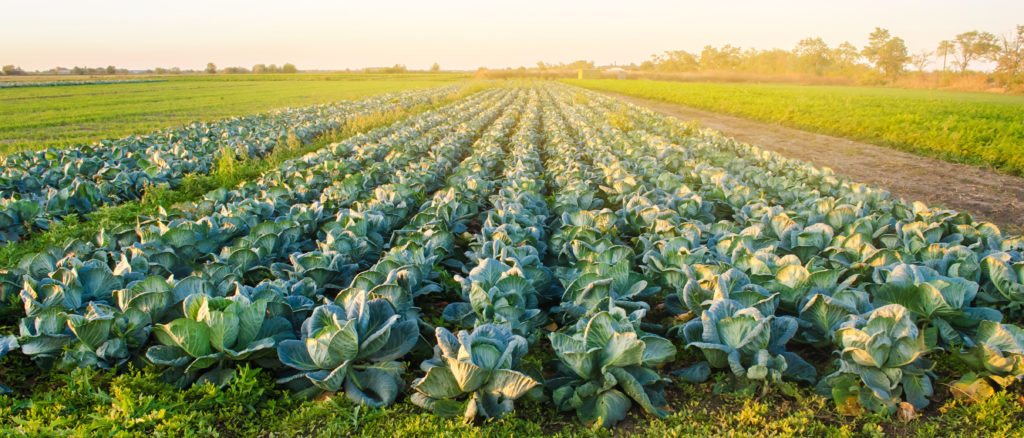
If there is a word that stirs emotion in agriculture, it’s “modified.” I try to avoid discussing plant modification unless there is plenty of time to explore the full definition and many angles from which to consider what it means. That said, it is fascinating to explore whether we can enhance the nutritional quality of some plants. Strategies to improve the nutritional status of our global population are always top of mind for me.
Micronutrient deficiencies affect 2 billion people worldwide. While this is more prevalent in developing countries, it also exists in America. Many Americans consume an energy-rich, nutrient-poor diet. The agricultural community has answered the call for improved nutritional quality with biofortified crops. These crops are made to meet the need for improved micronutrient status in our population.
What is biofortification?
Biofortified crops are nutritionally-enhanced plants that have been developed using agricultural techniques, breeding, and science to provide greater nutritional benefit. Biofortification shifts the agricultural focus away from simply yielding as many crops as possible. It focuses on growing crops to offer more nutrition, especially in communities where the diet is focused on a singular food such as potatoes, rice, or corn.
The theory behind biofortification is simple. If a diet is primarily composed of a staple food offering limited nutrition, making that food more nutrient-rich will improve the community’s diet. Biofortification also addresses how to grow more crops while still preserving the land. It does this through innovations in cover crops, harvesting techniques, and soil science.
Three types of biofortification:
Conventional breeding is likely the most well-known and used technique. This involves crossing the parent lines of plants with high nutrients with another plant to eventually create a new plant with desired traits. Transgenic biofortification alters the DNA of a plant to create a plant with new characteristics. This process is also known as genetic modification. Lastly, agronomy encompasses the use of minerals, bacteria, or other additions to soil, as well as different growing and harvesting techniques, to enhance a growing plant. Agronomy considers innovations in farming that can improve nutrition while preserving the land.
The Pros & Cons
The science around plant breeding and agronomy is an exciting space. It offers opportunities for growing plants that can adjust to our changing climate and potential drought conditions. It also may help produce plants with better nutritional benefits for us. Finally, it can provide protections for our environment. Opponents of plant breeding fear it can create unintended negative consequences. The bottom line is that if done carefully and with concern for the environment and human health, biofortification can not only nourish us, but also protect the land.